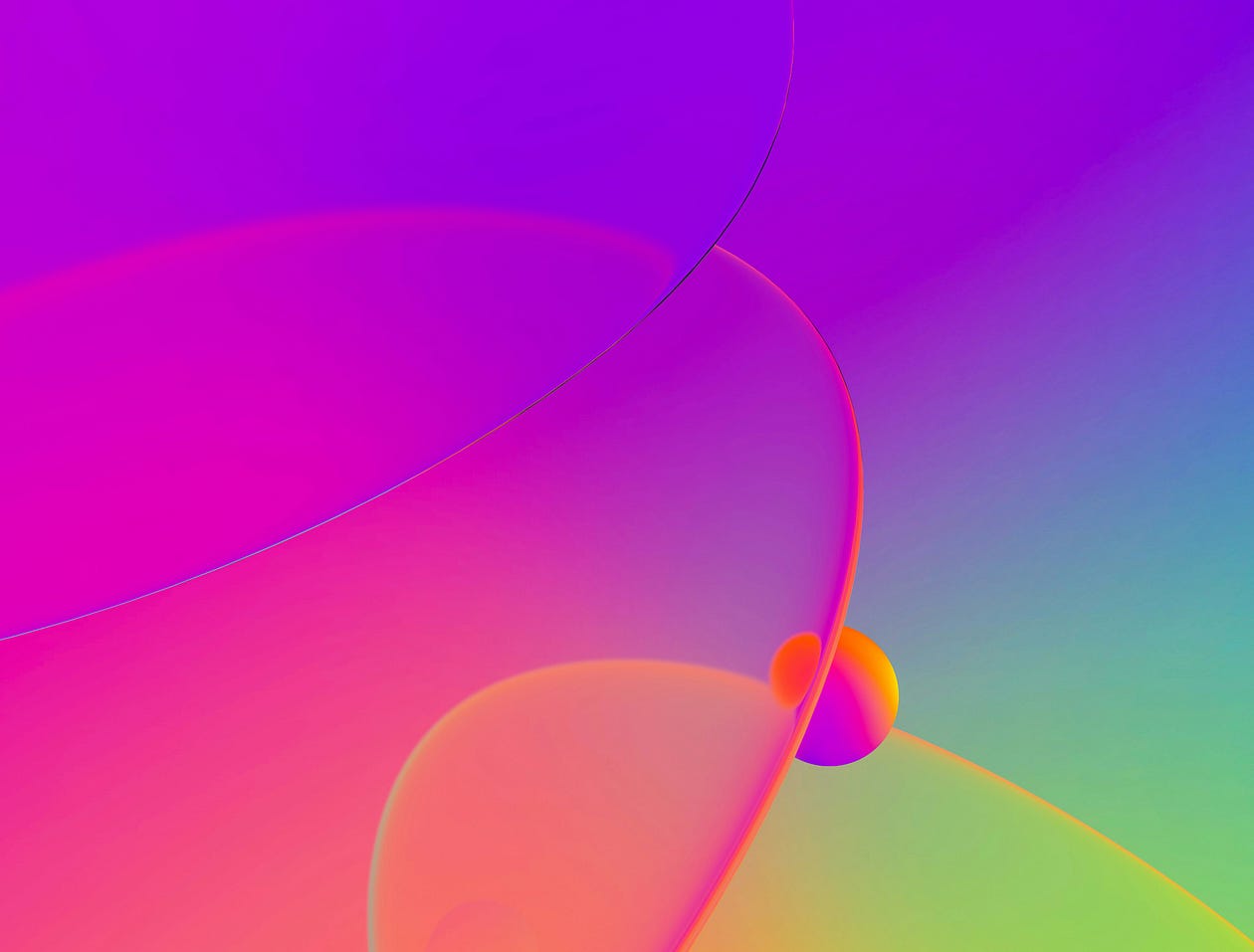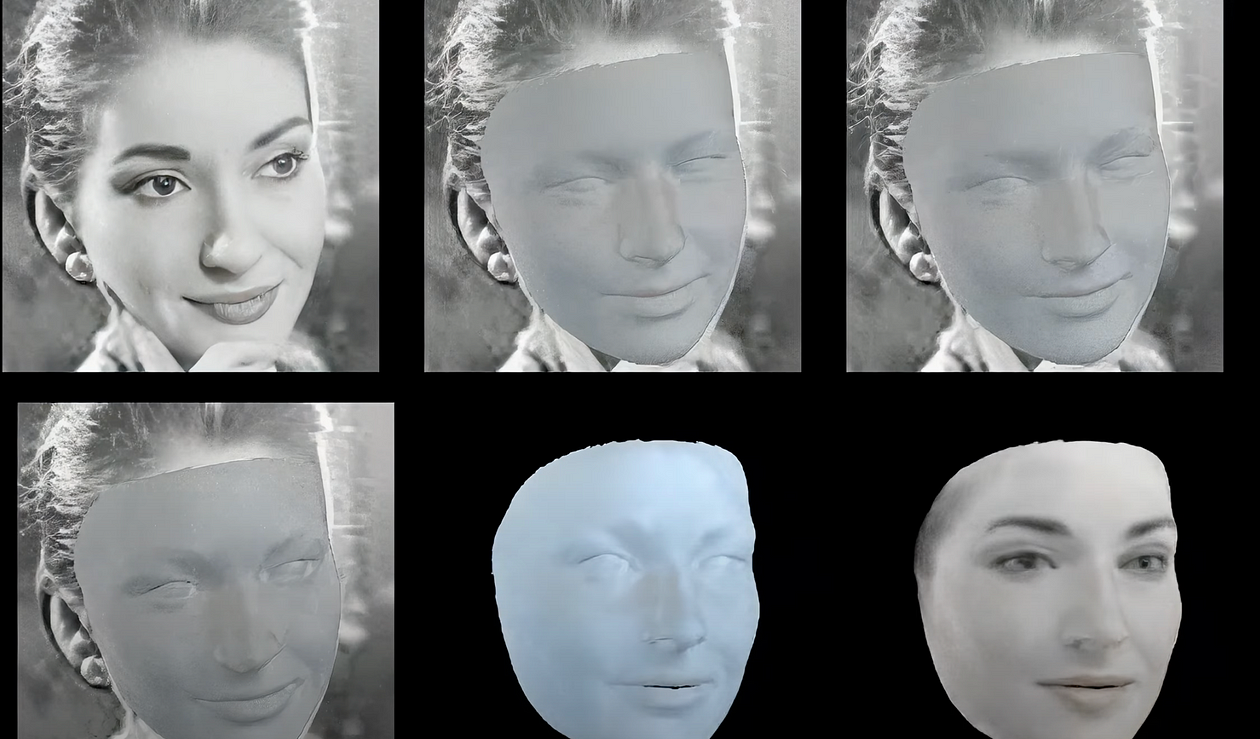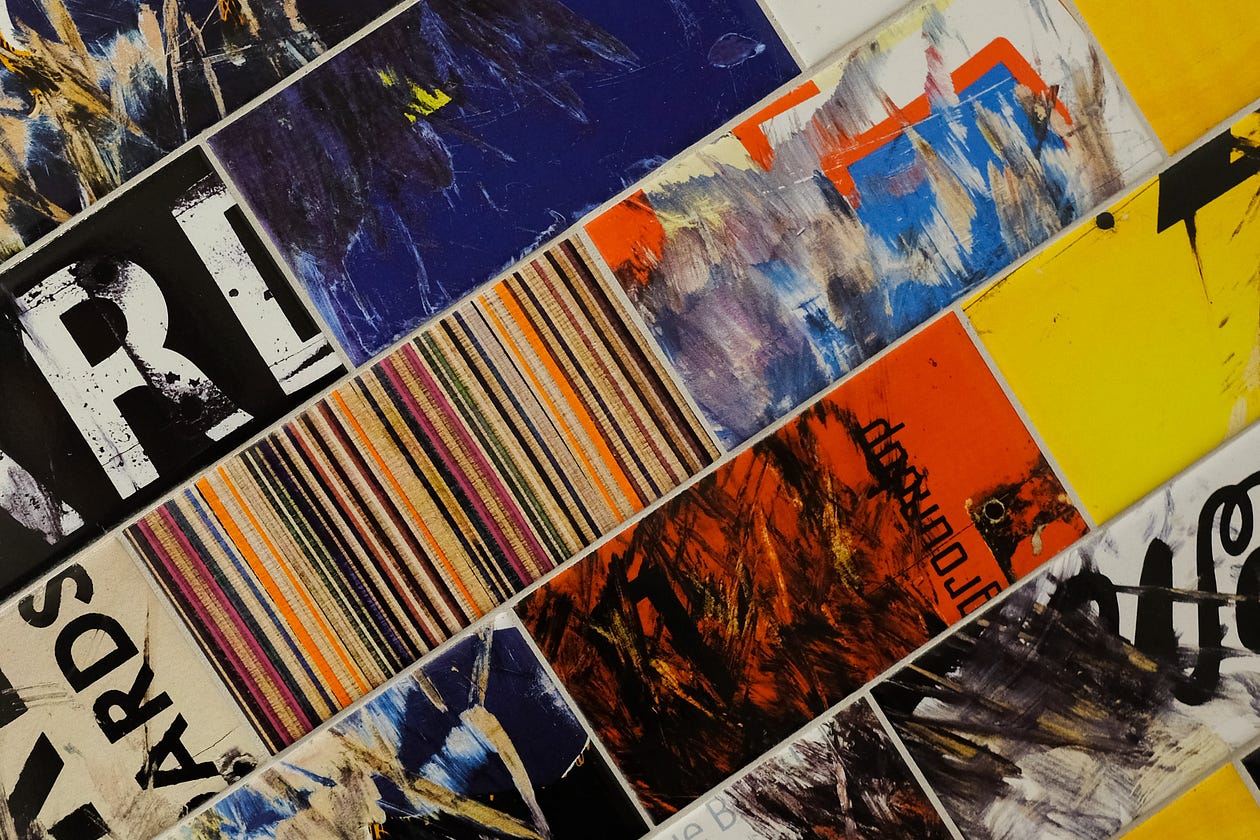How Machine Learning and Art Collide

Like many people who saw designer Daniel Voshart’s Roman emperor portraits created in Artbreeder and Photoshop, I was impressed with the results. Voshart calls the portraits the Photoreal Roman Emperor Project and describes his process on Medium:
Using the neural-net tool Artbreeder, Photoshop and historical references, I have created photoreal portraits of Roman Emperors. For this project, I have transformed, or restored (cracks, noses, ears etc.) 800 images of busts to make the 54 emperors of The Principate (27 BC to 285 AD).

How does it work?
Artbreeder uses a machine learning method called generative adversarial network (GAN) to manipulate images. Voshart tweaked images from Photoshop to Artbreeder and back again until he got what he wanted.
My first attempt with Artbreeder was a play on images and words. I created the Before images and entered common themes within my work. It was interesting that Chinese was interpreted as a Chinese character and movie star was also interpreted as words rather than a figure. I liked the art deco sign stating Move Star. Perhaps more bizarre is the interpretation of my self-portrait as a female and male figure in the Hollywood movie star portrait. And forsomeunknown reason mycat Zimmy was turned into a naked woman.
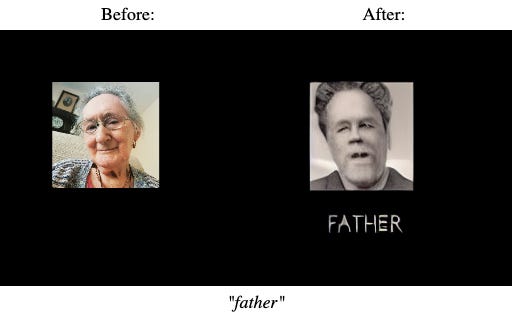

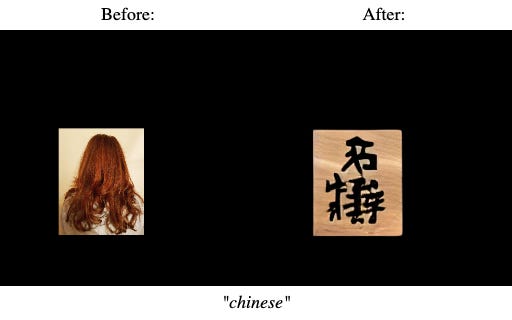
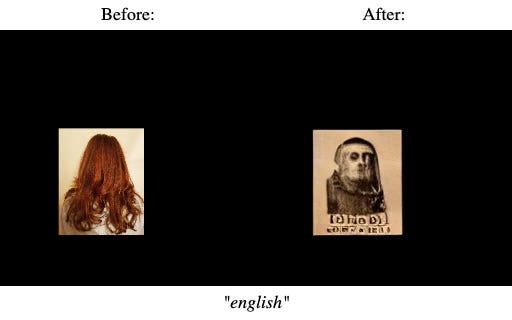

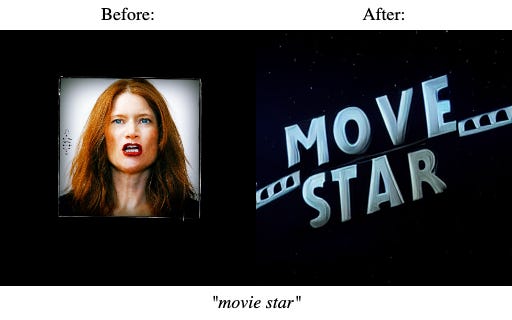
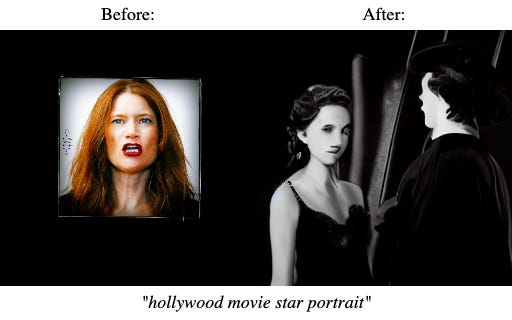

I manipulated further the image of the naked woman with the following results. I tweaked the race option to Asian and turned her eyes blue. For those who don’t know, I am a quarter Chinese and quarter Irish and my genes were trumped by the latter, so I have blue eyes and ginger hair. Talking of which, there was no option for red or ginger hair so I had to settle for brown.




I’ve discussed here how Artificial Intelligence can create deepfakes using generative adversarial networks (GANs). A GAN is produced by two AI systems working together. One system creates a copy of an image using new data, and the other system determines if the data is real or fake. Both systems create eerily lifelike images like the Tik Tok videos of Tom Cruise, question our sense of reality, as well as raise security issues. Facial recognition company D-ID created Deep Nostalgia for MyHeritage and uses GANs to animate photographs. DeepNostalgia creates AI-animated renderings from photographs of human faces. It uses deep learning algorithms to predict missing parts in a photograph, such as teeth and ears and creates an automated sequence of gestures and movements, like smiling, blinking, and head-turning. Re-animation technology is challenging the definition of what a photograph is. They are no longer a moment frozen in time but inception for AI and machine learning to create a moving identity.
Artbreeder is a fun experimental and novelty software in the early stages of machine learning and there will be many more that will vie for our dollars in the years to come. Voshart’s work is useful for my research into photography and artificial intelligence and how new technology is creating new ways to produce portraits, even from stone.
Ginger Liu is the founder of Ginger Media & Entertainment, a Ph.D. practice research student in photography and artificial intelligence, and an author, writer, artist, and filmmaker.


